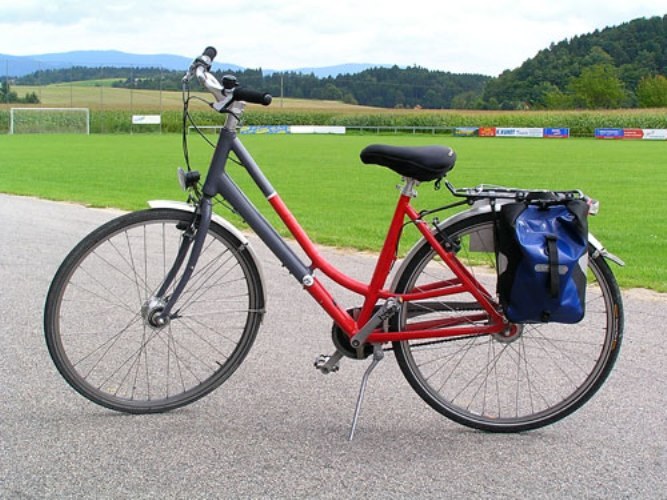You will need
- - pressure gauge;
- - a Bicycle pump.
Instruction
1
Put the bike in a convenient maintenance position, e.g., leaning against the wall. The bike should stand steadily, and nipple entrance should be located so as to use the pump was convenient.
2
Check whether the wheels of your bike to adjust tire pressure. If the wheel don't end up drugged, driving is difficult due to the increased area of contact of the tyre with the road. Furthermore, the lack of pressure often leads to the tires retreading is and increases the likelihood of damage to the rim. In the case where the wheel is obviously pumped, possible explosion of tires, which is also undesirable.
3
Use this to check the tyre pressure gauge. Normal tire pressure can be indicated in the technical passport of the bike; sometimes the maximum pressure indicated on the side surface of the tyre (in atmospheres or bars). Using the gauge, use any convenient scale of this device, because it can be scaled in two or even three units.
4
When inflating a wheel first pre-release of the bus the air. To do this, press in the tab on the pin and hold it for a while.
5
Making sure that the air went out of the wheels and the pressure is zero, attach nipple pump head. Getting to the pumping wheel, count the number of strokes you make. This is necessary in order to subsequently, knowing the required number of movements, pump the tires without the aid of a manometer.
6
From time to time disconnect the pump from the valve, connect a pressure gauge and check the tire pressure. Optimally inflated will be the wheel, in which pressure about 5-6% below the maximum allowable level.
7
Inflate the wheel to the desired level, unplug the pump and tighten the cap of valve core. Completely repeat the entire procedure with the second wheelM. Your bike ready for further challenges.
